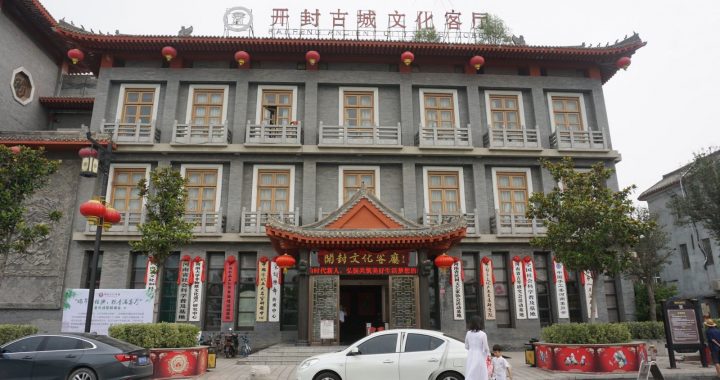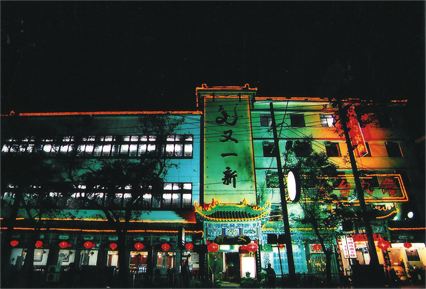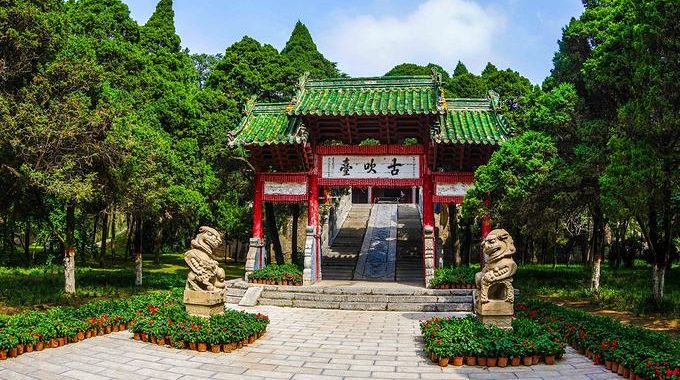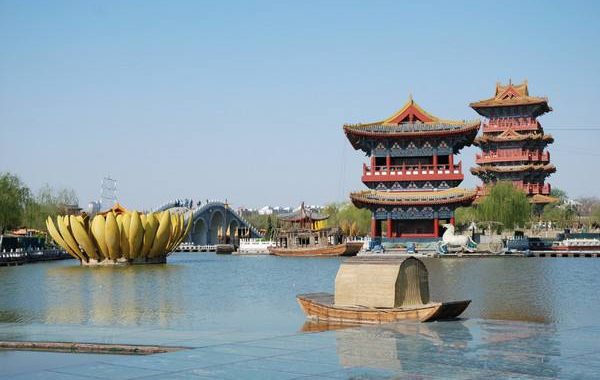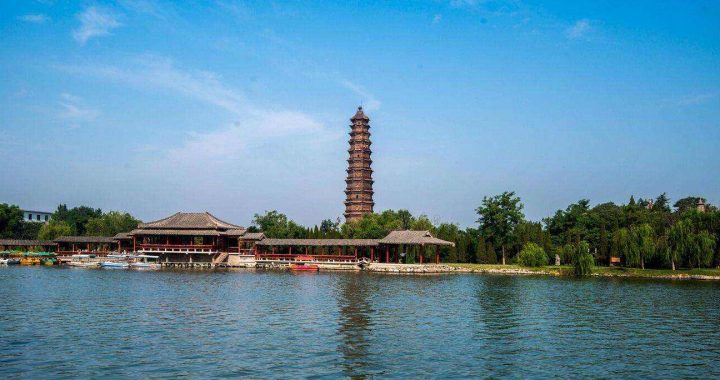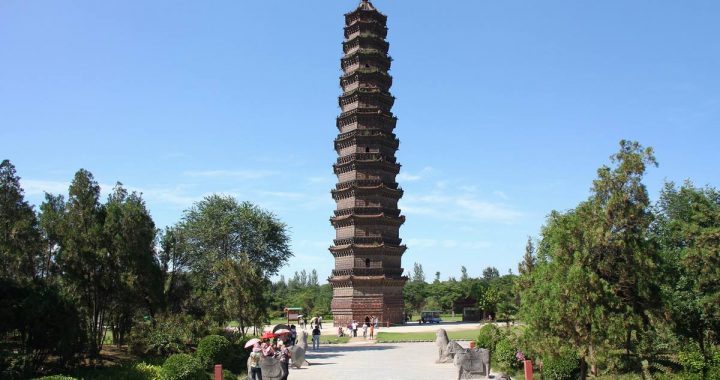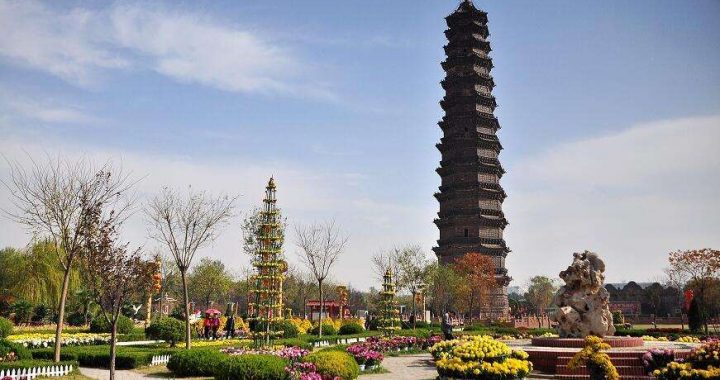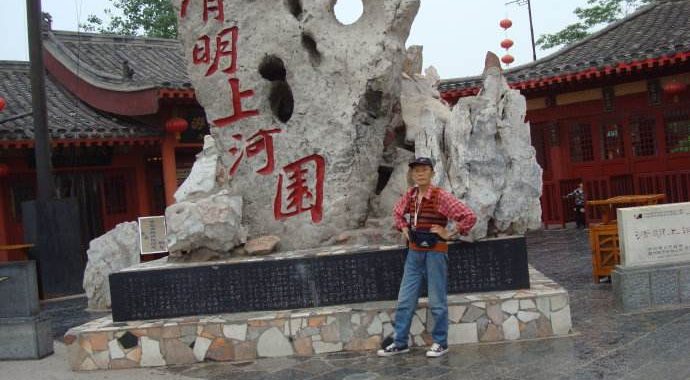Kaifeng is definitely a witness of history
5 min readEast of Henan province and on a plain on the south bank of the Yellow River,there lies a city of time-honored history and civilization.Named as Daliang andBianliang successively in history,the city known as Kaifeng is one of the first cultivated lands in China.As early as 5,000 years ago,primitive tribes left their footprint on this land.
Flat land,mild climate,favorable geographical location and numerous lakes and rivers make Kaifeng an ideal place for urban development and for the development of a capital city.In the Chinese history,seven dynasties built their capitals in Kaifeng.They are the state of Wei in the Warring States Period,Later Liang,LaterJin,Later Han,Later Zhou of the Five Dynasties,the Northern Song dynasty as well as the Jin dynasty(1115-1234).Therefore,Kaifeng is also known as”an ancient capital of seven dynasties”.In the Western Han dynasty,Kaifeng was chosen by Duk Liangxiao as the capital of his fief”Liang”(a state under the control of the Han dynasty court).In the late years of the Yuan dynasty,farmer insurgents established their capital in Kaifeng.And in the early years of the Ming dynasty,Emperor Zhu Yuanzhang once appointed Kaifeng the capital of the north.

In the 4th century BC,through reform,Wei became the most powerful state.In 361 BC,Wei moved the capital from Shanxi to today’s Kaifeng and built the city of Daliang in this area.With enhanced political status and favorable natural conditions,Daliang soon became a prosperous city.Population of the city at its prime time reached 500,000,accounting for a quarter of the total population of Wei.
Daliang remained Wei’s capital for more than 130 years until 225 BC when it cameunder heavy attack from Qin.Unable to conquer the firm city wall,soldiers of Qinchanneled water to flood the city which was finally reduced to ruins.This is the first time in history that Kaifeng suffered a deadly hit.In the following five or six hundred years,the city never regained the prosperity that it once enjoyed.

The ancient passage of the Grand Canal in the Sui dynasty In the Qin dynasty,on the land of today’s Kaifeng there were two small counties:Yunyi county and Kaifeng county.Later in the Han dynasty,the former was incorporated into Chenliu prefecture.The modern Kaifeng is where the famous battle between Xiang Yu and Liu Bang occurred.So it was a place of strategic importance in history.Historical records say Liu Bang’s advisors once pointed out the military significance of Kaifeng to him.
In the Sui dynasty,the Grand Canal built in 605 made Kaifeng a water transportation hub,underpinning the revival of the city.Then after years of rapid economic development in the Tang dynasty,the city regained its status of importance.

In the period of Five Dynasties,though Kaifeng was the capital for four dynasties,the city was not as prosperous as a capital should be due to the ravages of warfare.It was not until in Later Zhou that it showed some signs of revival.
Chai Rong,the second emperor of Later Zhou spared no effort to make the city better. Under his rule, roads were built, warehouses constructed and waterways repaired.A11 these paved the way for Kaifeng’s evolution into a national metropolis later in the Song dynasty.
In 960, Zhao Kuangyin announced the beginning of the Song dynasty with Bianjing or Dongjing(present Kaifeng) as its capital. Since then, Northern Song ruled for more than 167 years, the longest reign with Kaifeng as the capital. During those years, Kaifeng developed to its peak mainly due to the convenient transportation networks the city had: the Bianhe River, the Huimin River, the Wuzhang River and the Golden Water River that flowed through the city formed a huge water transportationnetwork while several trunk roads radiated out in all directions and led to places all over the ancient China. As a result, Kaifeng gradually developed into a busy commercial metropolis and one of the world’s magnificent cities with large populations.
Kaifeng in the Northern Song dynasty was a highly developed economy. On top of agriculture, handicraft industry became a major part of the economy, thus creating conditions for frequent trade exchanges. Handicraft industry was so developed that there were 80,000 artisans of different types working in workshops and plants.
Handicraft production, both official and private, was carried out on a large scale and with a more careful division of labor. Specialized artisans made different products such as weapons, textiles, pottery and wine-making, etc. The development of handicraft industry stimulated sales of commodities, which in turn created a thriving market. At that time, more than 20,000 households were engaged in commerce and streets were lined with different kinds of shops. Kaifeng became an officialnational trade center and was open to merchants from various ethnic groups, from other dynasties as well as from Asian and African countries. They came to the cityand exchanged goods with each other, making Northern Song a politically stable and economically thriving dynasty. Kaifeng was also among the four national printing centers. Development of the printing industry accelerated cultural spread across th country. Thanks to the economic development,a lot of buildings sprouted up. Among the famous are the Daqing Palace and the Xuande pavilion.
In 1127, Northern Song was overthrown by the Jin dynasty and Kaifeng continuedto be Jin’s capital; but greatly destroyed in the wars, the city began to fall.

In Ming and Qing dynasties, Kaifeng was a local administrative center and rulers of both dynasties did a lot to boost the economic development. Though much better than in Jin and Yuan dynasties, Kaifeng was no longer what it used to be.
In history, Kaifeng was flooded by the Yellow River frequently. The worst one was in the late years of the Ming dynasty. After that flooding, the population of the city dropped from 370,000 to only 30,000. The frequent flooding of the Yellow River was a great havoc to the natural environment and may well be blamed for the city’s lagging economy.
A city whose development dates back to two thousand years ago,a city that experienced rises and falls, Kaifeng is definitely a witness of history.
